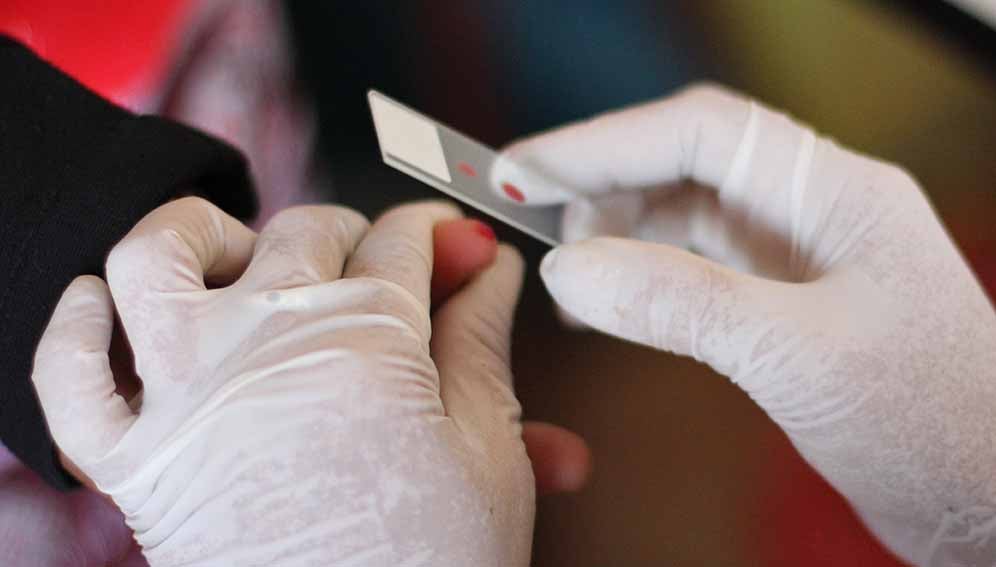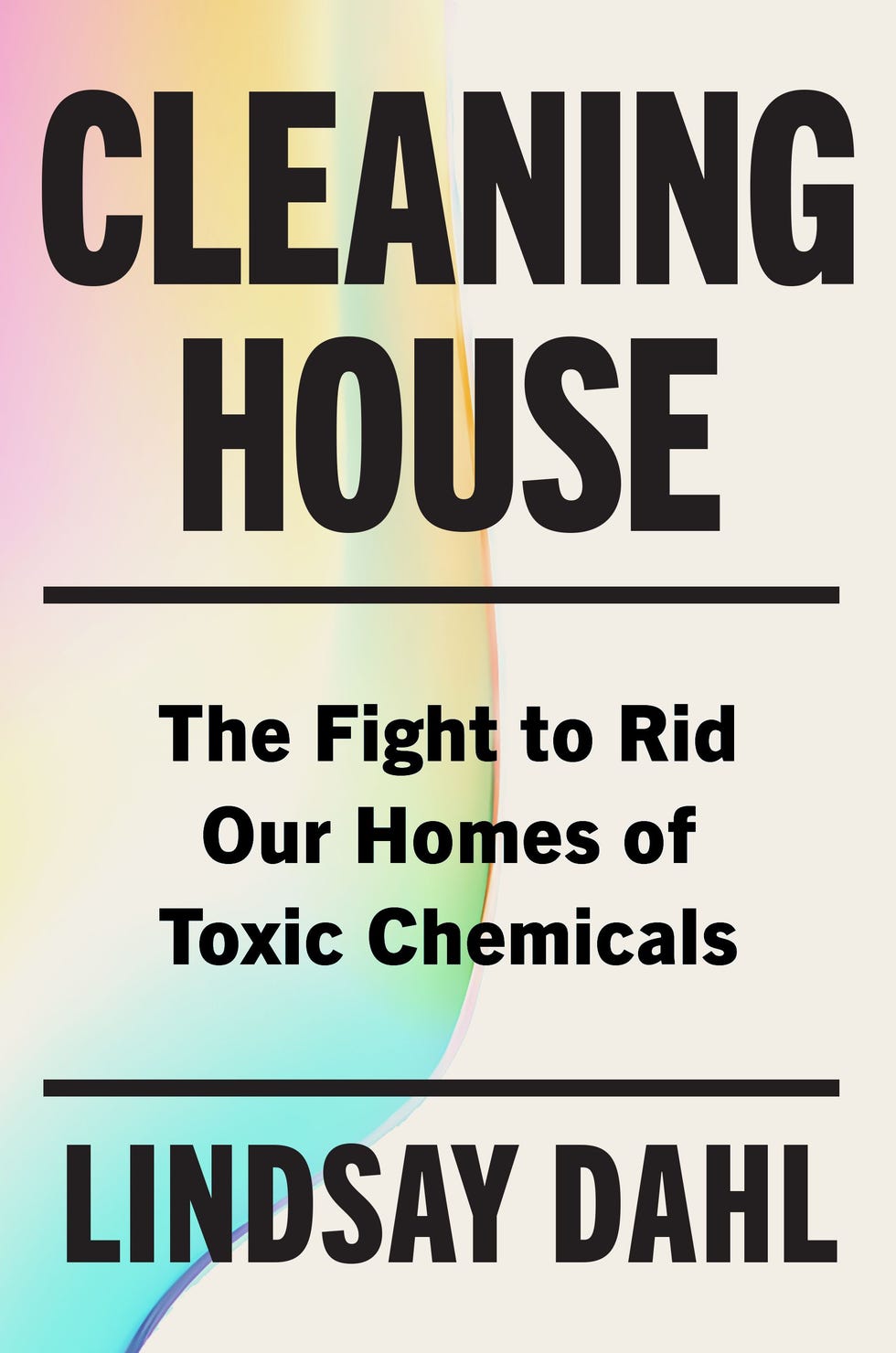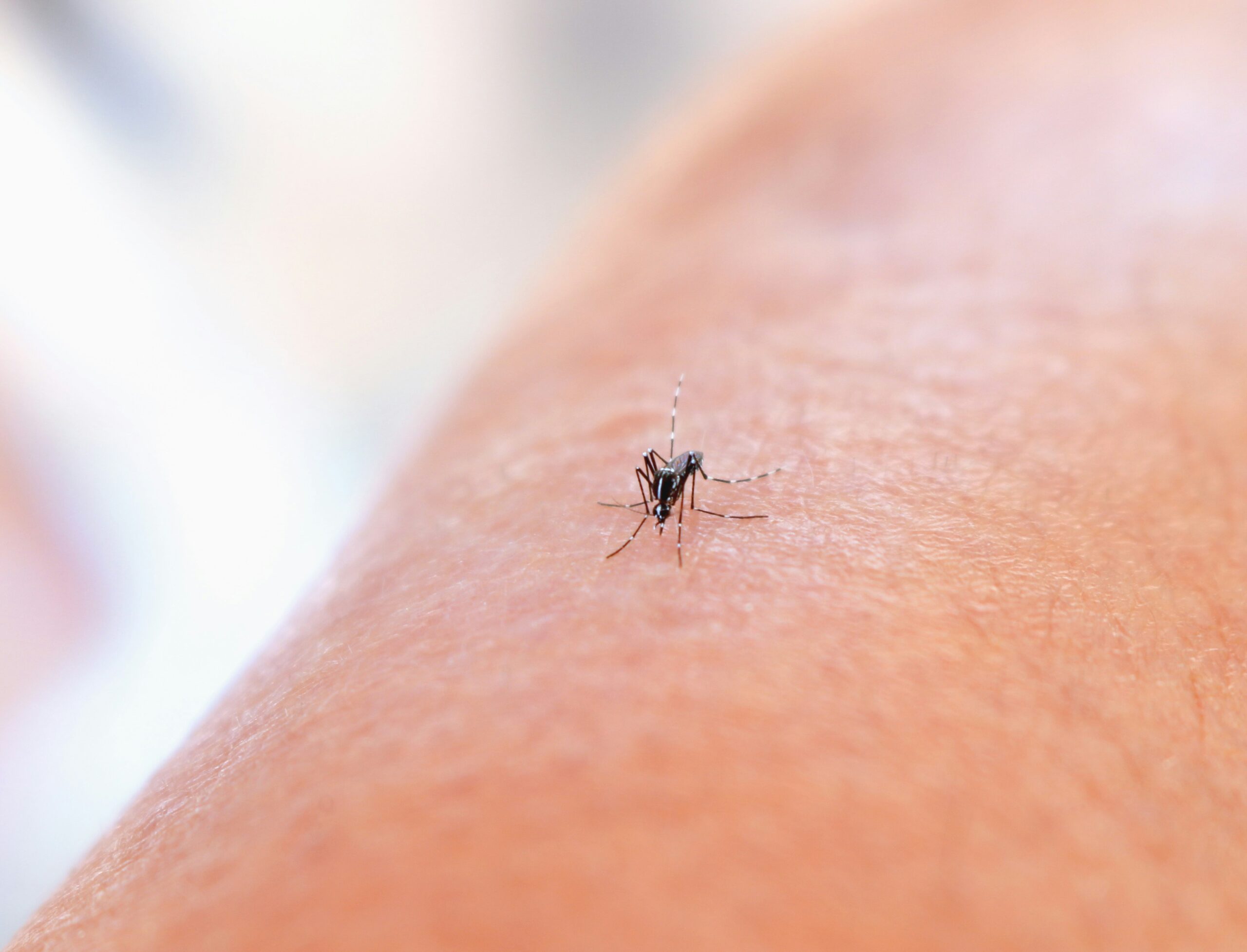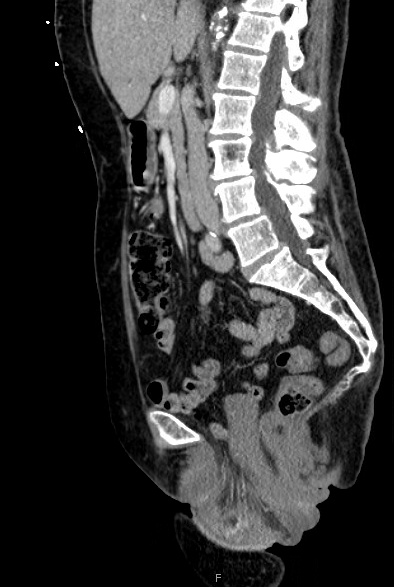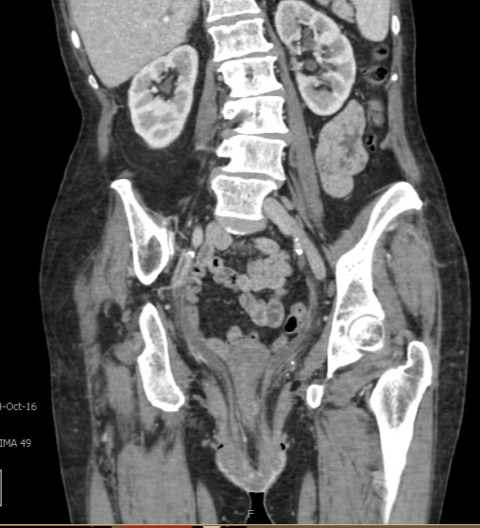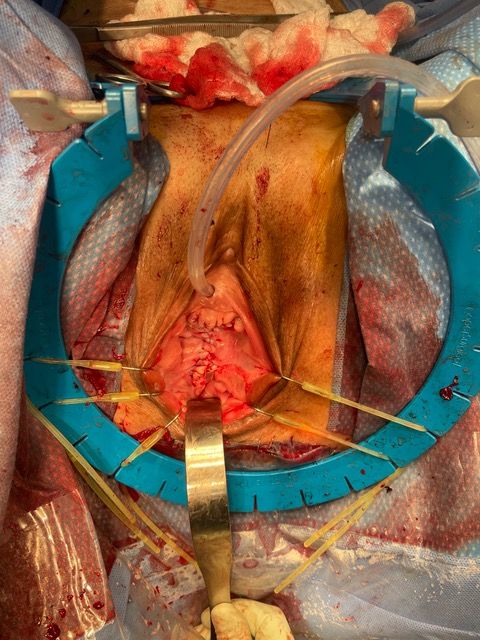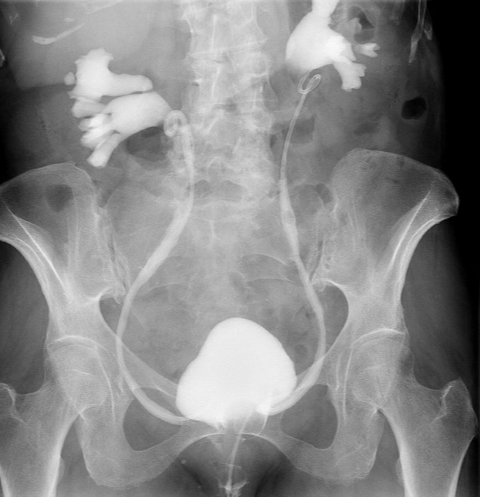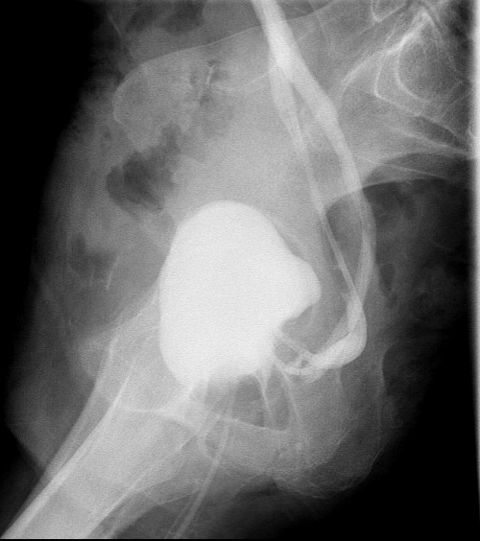Thank you. Listen to this article using the player above. ✖
Want to listen to this article for FREE?
Complete the form below to unlock access to ALL audio articles.
Early-life access to social and financial resources may influence how the brain approaches risk in adulthood, according to new research from the College of Human Ecology at Cornell University. The findings, published in Cerebral Cortex, suggest that while people from different backgrounds might take similar risks, the neural mechanisms behind those decisions vary.
The study examined how individuals who were raised in socially rich but financially limited environments compared with those raised in financially rich but socially limited environments approached risky decision-making tasks. The authors describe these differing upbringings as forms of “developmental resource asymmetry”.
Shared behaviours, distinct brain responses
The research team, led by postdoctoral researcher Minwoo Lee and supported by Marlen Z Gonzalez, assistant professor of psychology, recruited 43 undergraduate students at Cornell University. Participants were asked to play a computerized game that involved inflating virtual balloons for financial gain. Each additional pump increased both the reward and the chance the balloon would pop, resulting in the loss of earnings.
Participants were scanned using functional magnetic resonance imaging (fMRI) while playing. They also completed surveys assessing their current and past access to financial and social resources, including their parents’ income, neighbourhood quality during childhood and present levels of support from friends and family.
Supramarginal gyrus
A region of the brain located in the parietal lobe involved in processing emotions and regulating empathy, and now implicated in the modulation of risk-taking behaviour.
Functional magnetic resonance imaging (fMRI)
A neuroimaging technique that measures brain activity by detecting changes in blood flow. It is commonly used to study how different parts of the brain respond to specific tasks.
While the socially rich and economically rich groups did not differ in how often they took risks, their brain activity did. A region called the supramarginal gyrus showed higher activation in participants who were more cautious, pointing to a possible neural mechanism that helps to regulate impulsive actions.
“Distinct early-life environments may offer you different types of resources, and different strategies, to solve common problems in life. This, over time, may shape the specific cognitive mechanisms or contextual factors people rely on to solve similar problems as adults.”
Dr. Minwoo Lee.
Socially rich individuals rely on different networks
Within the socially rich group, risk-taking was linked to greater activation in brain areas responsible for visual and attentional processing. Interestingly, the extent of this brain activity was influenced by the level of social support available to participants at the time of the study. Those with higher current social support exhibited less additional neural activity and earned more money in the task, suggesting they needed to engage fewer cognitive resources to perform well.
These results imply that even when behavioural outcomes are the same, the cognitive strategies and neural pathways used to achieve them can differ depending on early-life resource environments. The researchers propose that people may develop unique ways of managing uncertainty based on the specific resources they grew up with.
Implications for educational and policy support
Understanding how early-life environments shape adult decision-making could help tailor interventions for students and others facing socioeconomic challenges. For example, students who grew up with strong social networks but limited finances may benefit from policies that enhance social integration in academic settings.
The authors note that using a student-only sample, while limited in demographic diversity, offered the advantage of studying individuals with varied backgrounds within a shared environment.
Reference: Lee M, Gonzalez MZ. Asymmetric access to social vs. economic resources during development calibrates socio-cognitive pathways to risk-taking in emerging adults. Cerebral Cortex. 2025;35(7):bhaf169. doi: 10.1093/cercor/bhaf169
This article has been republished from the following materials. Note: material may have been edited for length and content. For further information, please contact the cited source. Our press release publishing policy can be accessed here.
This content includes text that has been generated with the assistance of AI. Technology Networks’ AI policy can be found here.



